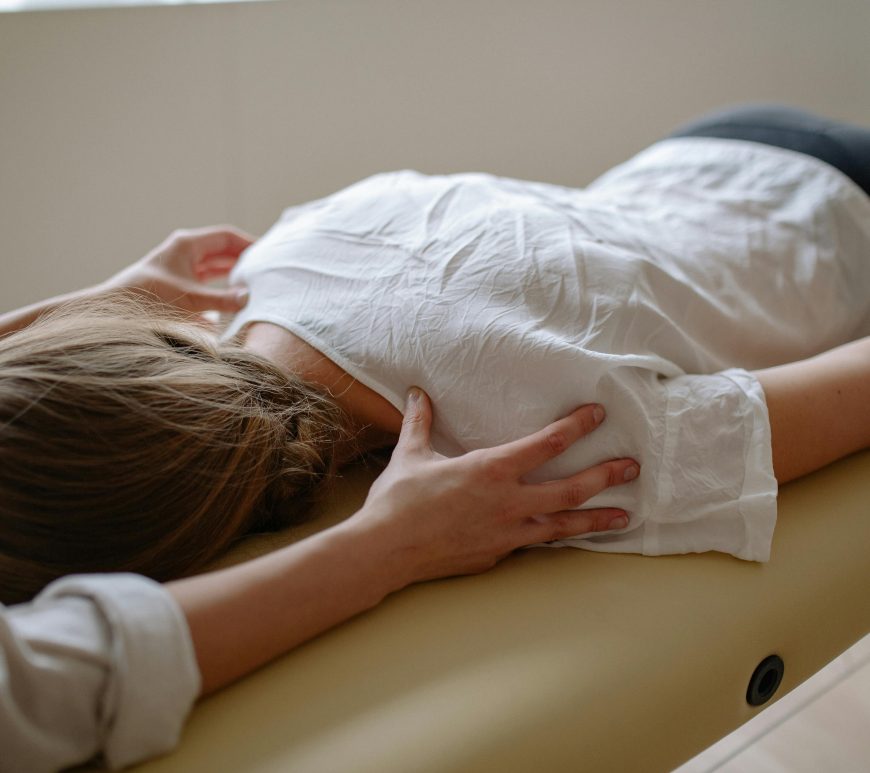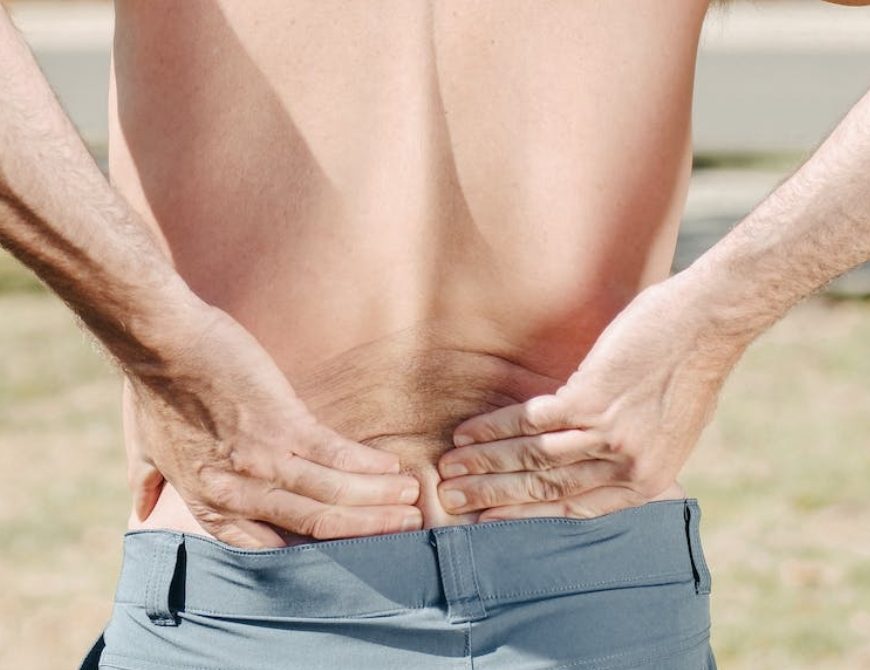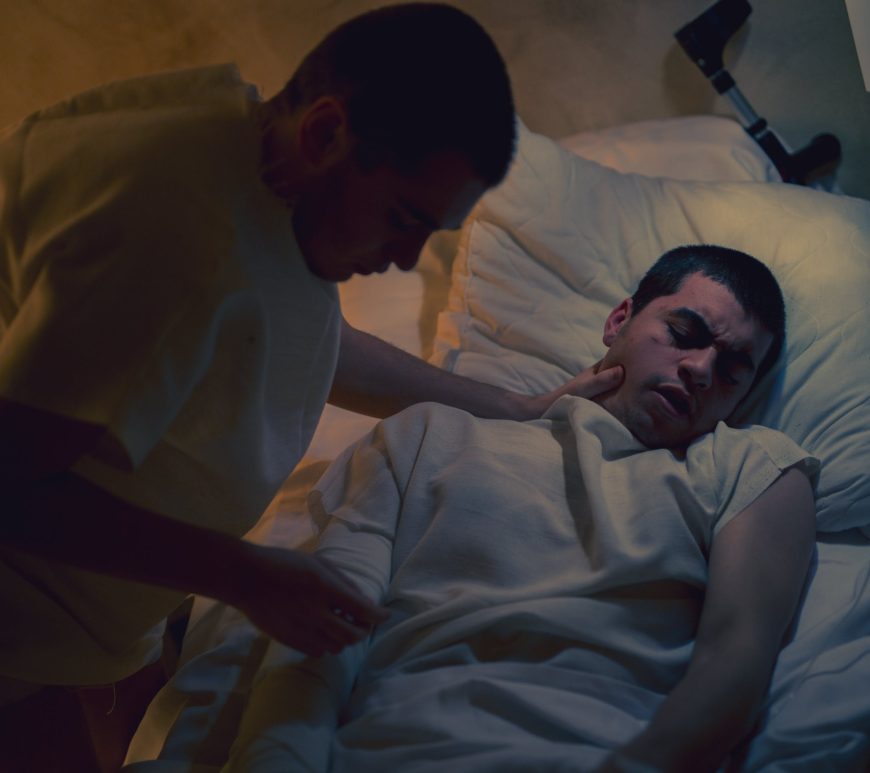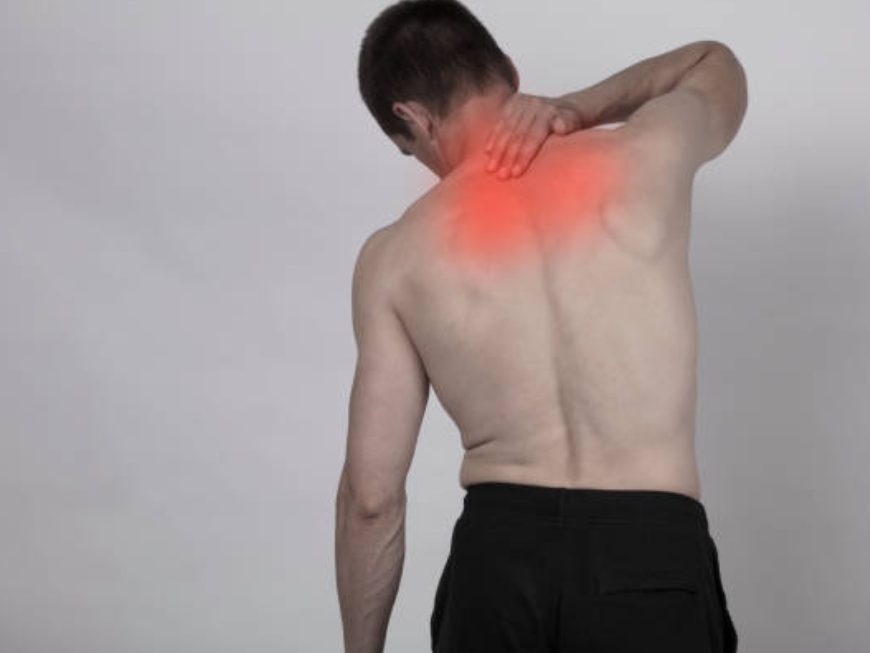
What role does physiotherapy play in enhancing connective tissue mobility for MPS patients?
Recent research sheds light on the significant impact of physiotherapy on patients suffering from myofascial pain syndrome (MPS) in the cervical region. In 2012, the study led by Başak Acar and Oznur Tunca Yılmaz, explored how electrotherapy and exercise influence pain intensity and connective tissue mobility in these patients. The study involved 60 patients, randomly assigned to one of three groups. The first group received … Continue reading What role does physiotherapy play in enhancing connective tissue mobility for MPS patients?



